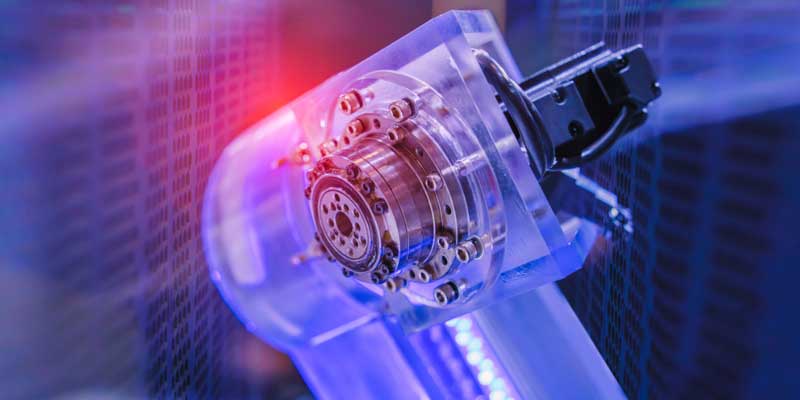Schedule a Call Back
PLI Scheme to make India’s AC component production more cost competitive: Ind-Ra
 Articles
Articles- Apr 30,21
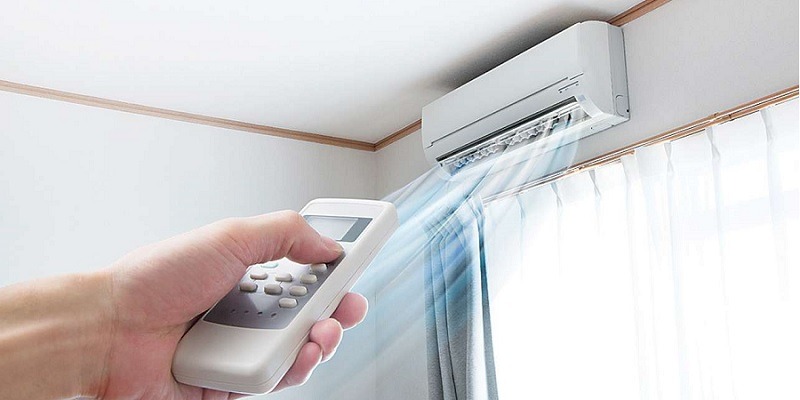
Related Stories
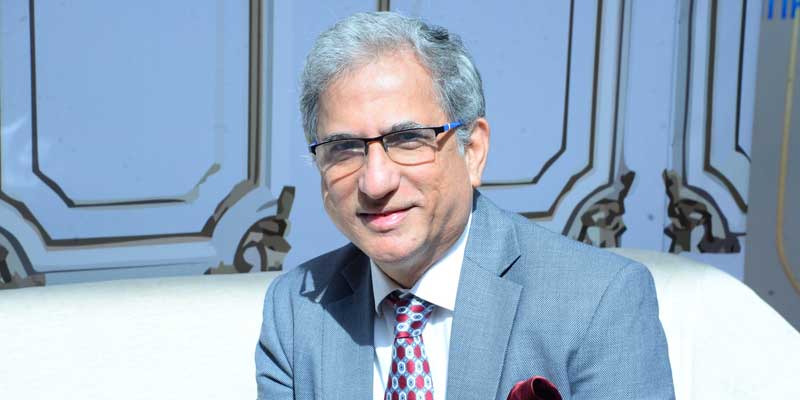
Hamza Arsiwala: AI & smart metering are changing the dynamics in power sector
In this interview with Manish Pant, Hamza Arsiwala, President of IEEMA, gives a sense of the paradigm shifts taking place in the country’s power sector.
Read more
Budgeting for growth?
The interim budget 2024-25, announced by Union Finance Minister Nirmala Sitharaman on February 1, 2024, has allocated Rs 11.11 trillion as capital expenditure (capex) for the next financial year –..
Read more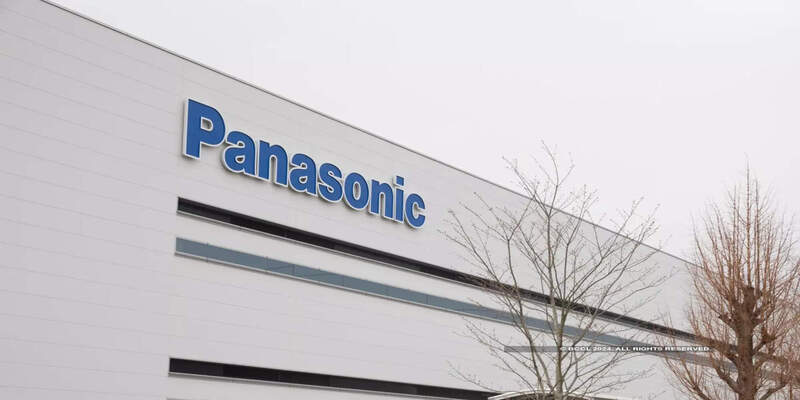
Indian Oil Corp, Panasonic forge partnership for Li-ion battery manufacturing
The Indian government has taken steps to promote battery manufacturing by approving the PLI Scheme 'National Programme on Advanced Chemistry Cell (ACC) Battery Storage,' with a budgetary outlay of R..
Read moreRelated Products
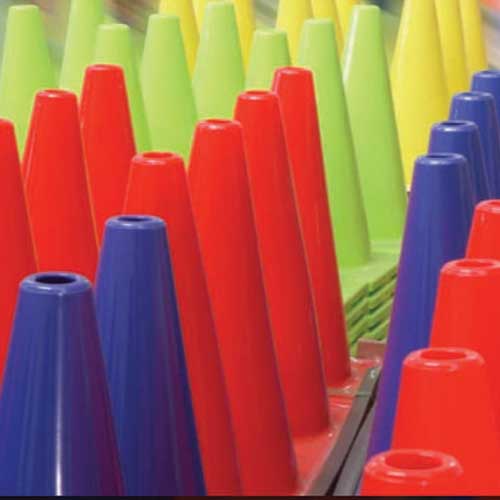
Fluorescent Pigments for Traffic Cone
Aron Universal Limited offers a wide range of fluorescent
pigments for traffic cone.
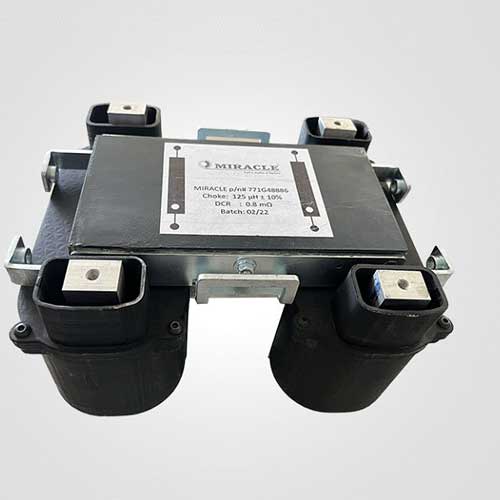
D C Choke
Miracle Electronic Devices Pvt Ltd offers a wide range of D C choke.
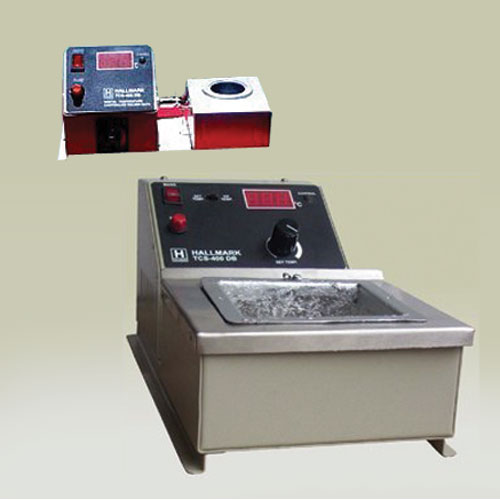
Temperature Control With Solder Bath
Hallmark Electronics offers a wide range of solder bath with temperature control. Read more






